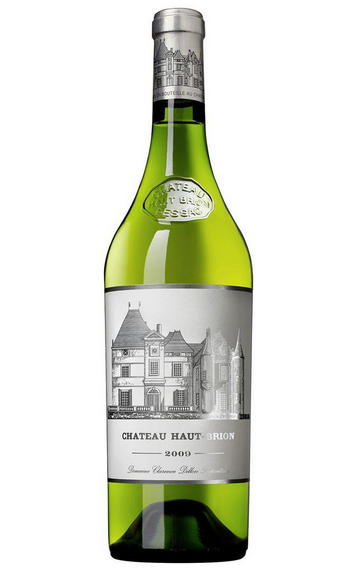
2004 Château Haut-Brion Blanc, Pessac-Léognan, Bordeaux
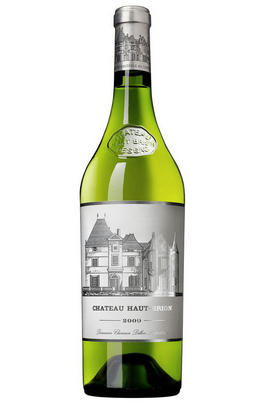
About this WINE
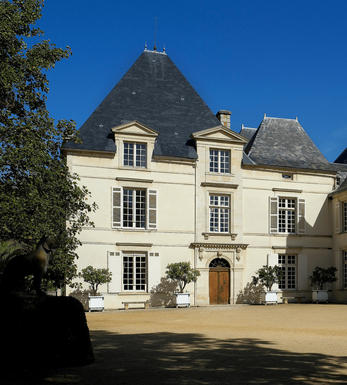
Chateau Haut-Brion Blanc
Chateau Haut Brion is located in the bustling suburb of Pessac on the outskirts of Bordeaux, this 45-hectare 1er Cru Classé property was the only property outside of the Médoc and Sauternes to be included in the 1855 Classifcation. The vineyards (Red: Cabernet Sauvignon 45%; Merlot 37%; Cabernet Franc 18%; White: Semillon 63%; Sauvignon Blanc 37%) lie on large (up to 18 metres deep in places) gravel banks interspersed with clay.
Jean-Bernard Delmas, one of Bordeaux`s great characters, has been régisseur since 1961 and the wine-making is now overseen by Jean-Philippe Masclef. Haut Brion is characterised by its seductive perfume, harmony, elegance and its ability to age with grace and dignity. A superb white is also produced.
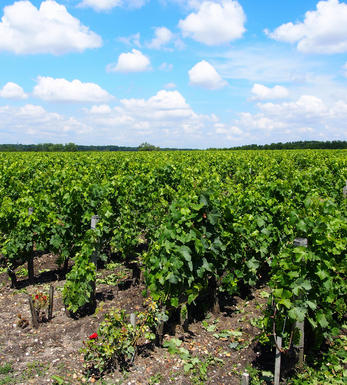
Pessac-Leognan
In 1986 a new communal district was created within Graves, in Bordeaux, based on the districts of Pessac and Léognan, the first of which lies within the suburbs of the city. Essentially this came about through pressure from Pessac-Léognan vignerons, who wished to disassociate themselves from growers with predominately sandy soils further south in Graves.
Pessac-Léognan has the best soils of the region, very similar to those of the Médoc, although the depth of gravel is more variable, and contains all the classed growths of the region. Some of its great names, including Ch. Haut-Brion, even sit serenely and resolutely in Bordeaux's southern urban sprawl.
The climate is milder than to the north of the city and the harvest can occur up to two weeks earlier. This gives the best wines a heady, rich and almost savoury character, laced with notes of tobacco, spice and leather. Further south, the soil is sandier with more clay, and the wines are lighter, fruity and suitable for earlier drinking.
Recommended Châteaux: Ch. Haut-Brion, Ch. la Mission Haut-Brion, Ch. Pape Clément, Ch Haut-Bailly, Domaine de Chevalier, Ch. Larrivet-Haut-Brion, Ch. Carmes Haut-Brion, Ch. La Garde, Villa Bel-Air.
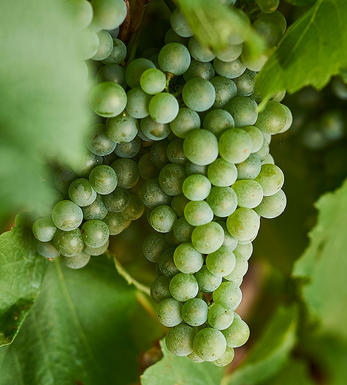
Sauvignon Blanc & Sémillon
The blend used for White Graves and Sauternes and rarely encountered outside France. In the great dry whites of Graves, Sauvignon Blanc tends to predominate in the blend, although properties such as Smith Haut Lafite use 100% Sauvignon Blanc while others such as Laville Haut Brion have as much as 60% Sémillon in their final blends. Sauvignon Blanc wines can lose their freshness and fruit after a couple of years in bottle - if blended with Sémillon, then the latter bolsters the wine when the initial fruit from the Sauvignon fades. Ultimately Sauvignon Blanc gives the wine its aroma and raciness while Sémillon gives it backbone and longevity.
In Sauternes, Sémillon is dominant, with Sauvignon Blanc playing a supporting role - it is generally harvested about 10 days before Sémillon and the botrytis concentrates its sweetness and dampens Sauvignon Blanc`s naturally pungent aroma. It contributes acidity, zip and freshness to Sauternes and is an important component of the blend.


Buying options
Add to wishlist
Description
Winemaker/administrator Jean Delmas considers this to be his best wine since 2000. Only 55% of the production - a blend of 61% Merlot, 20% Cabernet Sauvignon and 19% Cabernet Franc - has gone into the hedonistic Grand Vin. Enticing aromas of ripe, spicy plums and raisins with nuances of tobacco, minerals and vanilla entice you to take a sip. It is completely delicious, with notes of Swiss chocolate, sweet fruit, toast and cinnamon spice and fine tannins. An exceptionally pure, round and extremely polished wine. Drink 2015-2030.
wine at a glance
Delivery and quality guarantee